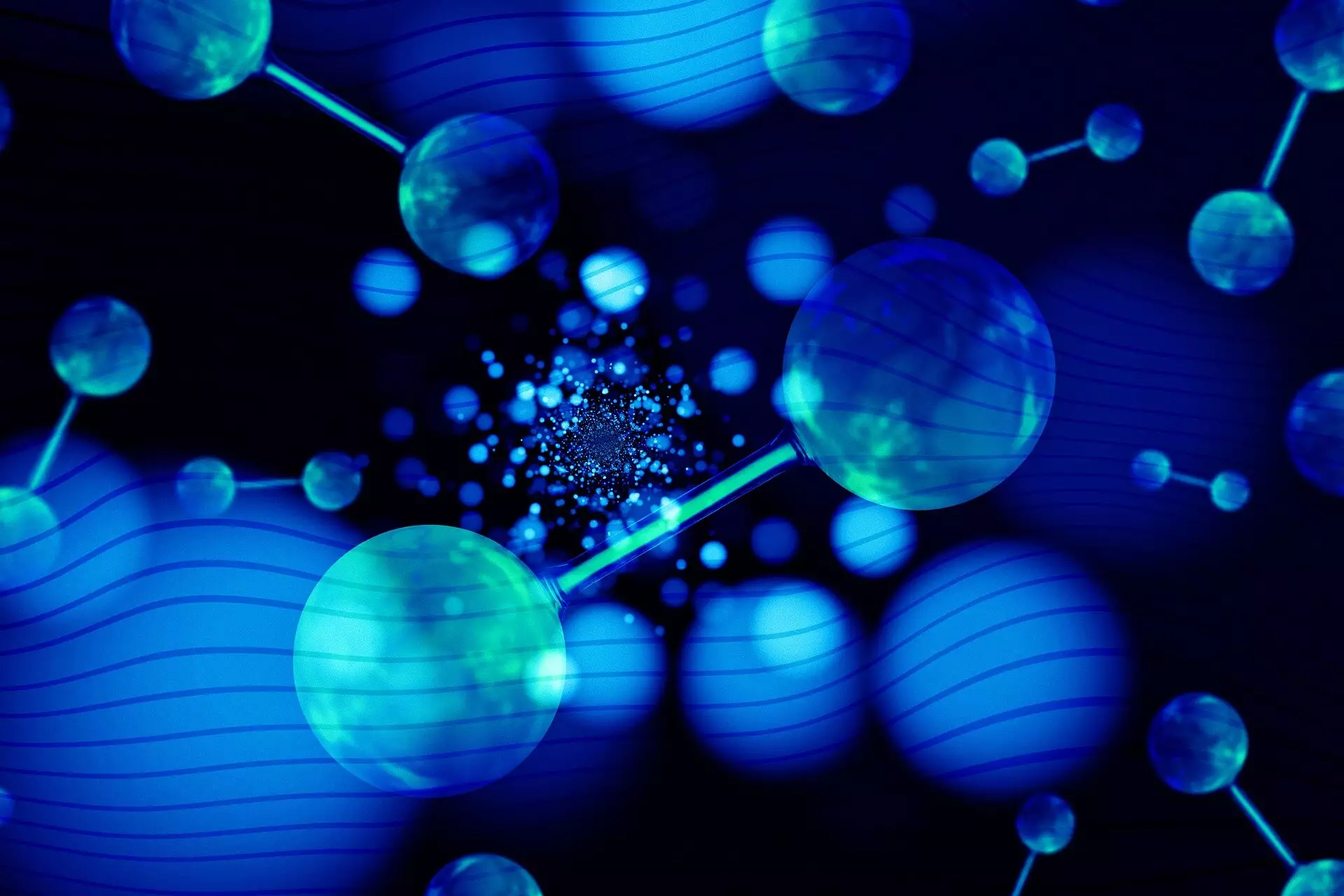In the realm of engineering and materials science, the durability of metals has long been heralded as a cornerstone for infrastructure projects. However, as industries explore greener alternatives like hydrogen energy, an insidious threat looms—the phenomenon known as hydrogen embrittlement. This critical issue, which has baffled researchers since the mid-1800s, leads to unexpected failures of metals in hydrogen-rich environments. A new study spearheaded by Dr. Mengying Liu from Washington and Lee University, partnered with Texas A&M University researchers, promises to shed light on this complex interplay between hydrogen and metal integrity.
The pivotal contribution of this study lies in its exploration of fatigue cracks that form in nickel-base alloys, specifically Inconel 725, which is celebrated for its strength and resistance to corrosion. Inconel 725, as utilized in high-performance applications, is particularly susceptible to hydrogen embrittlement. Researchers have begun to dissect this vulnerability, seeking to unravel the intricacies that underpin crack formation in these advanced materials.
Rethinking Established Theories
Historically, various hypotheses have attempted to explain hydrogen embrittlement, one of the most commonly referenced being hydrogen enhanced localized plasticity (HELP). The HELP theory posits that cracks originate in areas exhibiting maximal localized plasticity—meaning that stress concentrations foster crack development. However, Liu and her team’s research challenges this long-held notion, indicating that crack initiation does not always correlate with these points of localized stress.
Co-author Dr. Michael J. Demkowicz underscored the groundbreaking aspect of their investigation, noting that their work offers unprecedented real-time observations of crack initiation. By tracking both plasticity and crack locations simultaneously during testing, they uncovered that initial crack sites differ from traditionally theorized locations. This implies that the mechanisms of hydrogen embrittlement are more nuanced than previously understood, paving the way for better predictive models.
The Importance of Real-Time Monitoring
One of the key challenges in studying hydrogen embrittlement has been the transient nature of hydrogen within metals. Once cracks develop, the hydrogen tends to dissipate, leaving researchers with little insight into the conditions that led to the failure. Liu’s study tackled this challenge head-on through innovative methodologies that allowed real-time monitoring of the material’s behavior under stress. This approach represents a significant advancement in how scientists can investigate the catalysts of embrittlement, thus enriching the understanding of metal behavior in hydrogen-infused environments.
The importance of real-time analysis cannot be overstated. It not only enhances the quality of experimental data but also informs future engineering practices. As industries shift towards hydrogen as a viable energy source—potentially displacing fossil fuels—it becomes critical to devise solutions that mitigate risks posed by embrittlement, ensuring reliability and safety in infrastructure.
A Step Toward a Sustainable Future
The implications of this research extend beyond academic curiosity; they touch on the fundamental fabric of a sustainable future. As hydrogen energy plans gain traction globally, the infrastructure built today will inevitably encounter challenges as it transitions to this clean fuel. The findings of Liu and her team represent a pivotal step towards addressing these challenges head-on.
By unearthing the complex relationships between hydrogen exposure and metal integrity, this study lays the groundwork for predicting and preventing failures in structures that may soon be under the stress of hydrogen. The proactive identification of potential embrittlement could facilitate a seamless transition into a hydrogen economy, ensuring that we do not merely replace one fuel source with another while risking monumental structural vulnerabilities.
The collaboration among Liu, Demkowicz, and doctoral student Lai Jiang exemplifies the importance of interdisciplinary efforts in tackling formidable scientific challenges. Their research stands as a testament to the need for continued exploration and innovation in materials science to safeguard our industrial future against the hidden risks posed by hydrogen.


Leave a Reply